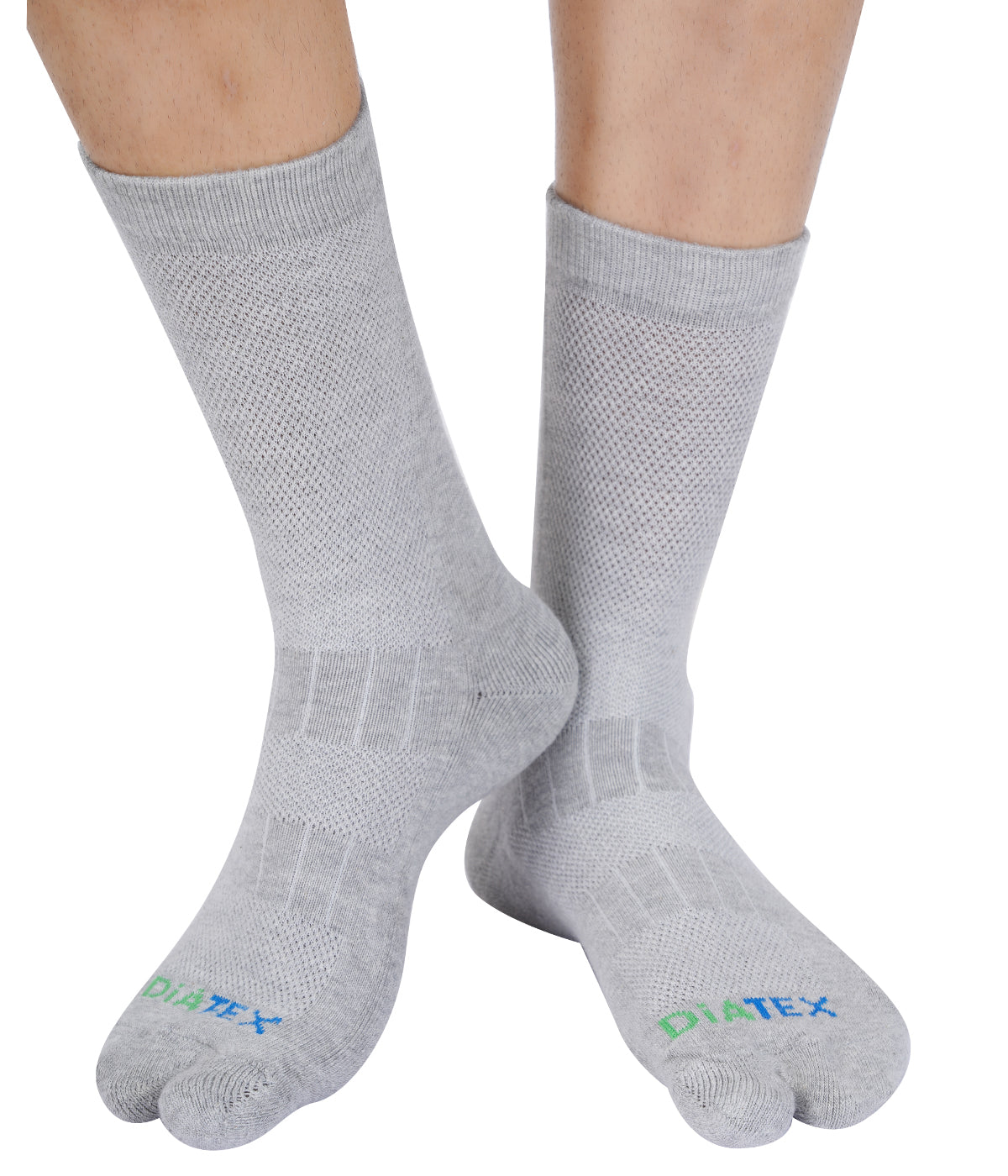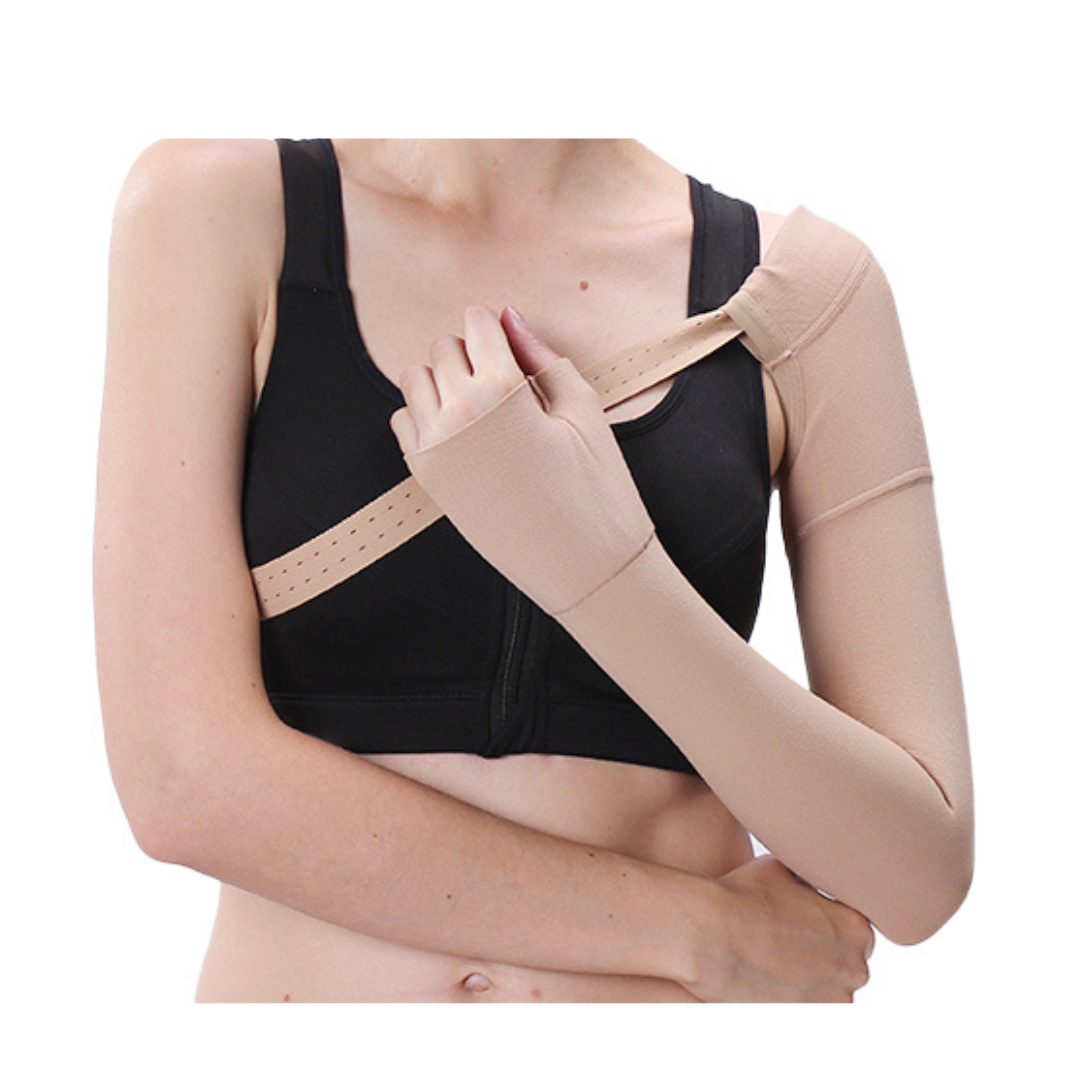Why Sitting is the New Smoking: The Hidden Risks of Deep Vein Thrombosis (DVT)
In recent years, we’ve heard warnings that “sitting is the new smoking.” But what does this mean, and how serious is it for our health? One of the most significant risks associated with prolonged sitting is the development of Deep Vein Thrombosis (DVT), a condition that can be dangerous if left unmanaged. In this article, we’ll dive into why sitting is so harmful, how it connects to DVT, and what steps you can take to protect yourself.
The Rise of Sedentary Lifestyles
Modern lifestyles often keep us seated—whether at a desk job, during long commutes, or while relaxing at home. The average adult now spends a large part of their day sitting, with many people clocking in eight or more hours daily. This sedentary behavior can have profound effects on our health, contributing to various health risks, including obesity, cardiovascular disease, and DVT.
What is Deep Vein Thrombosis (DVT)?
Deep Vein Thrombosis, or DVT, occurs when a blood clot forms in a deep vein, typically in the legs. If the clot breaks free, it can travel through the bloodstream and lodge in the lungs, causing a potentially fatal condition known as a pulmonary embolism. Common symptoms of DVT include swelling, pain, and redness in the affected leg, though some cases may be asymptomatic.
How Sitting Increases DVT Risk
Sitting for long periods restricts blood flow, particularly in the lower limbs. When we sit for hours on end without moving, blood flow slows down in the legs, creating an environment where clots are more likely to form. Unlike other muscles in our body, the calf muscles only engage when we’re moving. Without regular movement, blood tends to pool in the legs, significantly increasing the risk of DVT.
Why Sitting is Being Compared to Smoking
The comparison between sitting and smoking isn’t just for shock value; both activities have significant negative health impacts. Here’s how they align:
1. Increased Health Risks: Just like smoking, sitting is associated with heart disease, diabetes, obesity, and, of course, DVT. The dangers of prolonged inactivity have been shown to shorten life expectancy.
2. Silent but Harmful: Smoking and sitting are both often silent in terms of immediate symptoms but lead to cumulative health problems over time. You might not feel the immediate impact of hours of sitting, but over years, the consequences add up.
3. Preventable with Lifestyle Changes: Both sitting-related and smoking-related risks can be mitigated with lifestyle adjustments. Regular movement, just like quitting smoking, can significantly improve overall health.
Who is at Greater Risk of DVT from Sitting?
While anyone who sits for prolonged periods is at risk, certain factors increase vulnerability:
Frequent Long-Distance Travelers: Whether on planes, trains, or cars, sitting for long travel periods can increase DVT risk.
Desk Job Workers: People who work in offices, especially without regular breaks, are highly susceptible.
Individuals with Prior Clotting Issues: Those with a history of clotting disorders or cardiovascular disease face additional risk.
Pregnant Women: Pregnancy increases pressure on veins, which can raise DVT risk, particularly when combined with prolonged sitting.
Understanding the Science of Blood Flow and Clots
When we move, especially by walking or stretching, the muscles in our legs contract, pushing blood back up toward the heart. This is known as the “muscle pump.” Sitting or remaining stationary limits this pumping action, allowing blood to pool in the legs. Over time, the lack of circulation can lead to clot formation, especially in the deep veins where DVT occurs.
Warning Signs of DVT:
DVT can sometimes develop without any symptoms, but there are warning signs to watch for:
Swelling in One Leg: Swelling, particularly in one leg, is a common indicator of DVT.
Leg Pain or Tenderness: This pain often feels like a cramp, starting in the calf.
Warmth or Redness in the Leg: The skin around the affected area may feel warm and appear red.
If you notice any of these symptoms, seek medical attention immediately. Quick intervention can reduce the risk of a clot traveling to the lungs.
Preventing DVT: Tips for Reducing the Risks of Prolonged Sitting
Fortunately, you can take steps to reduce the risk of DVT if you have a sedentary lifestyle or job. Here are some effective ways to stay safe:
1. Take Frequent Breaks
Set a timer to stand and walk every 30 minutes, even if it’s just for a few minutes.
Incorporate stretching exercises to keep blood flowing in the legs.
2. Move During Long Travel
If you’re flying or on a long car ride, stand up, stretch, and move your legs frequently.
Compression stockings can also help keep blood flowing, particularly during long-haul flights.
3. Use a Standing Desk
Alternating between sitting and standing throughout the day can alleviate some of the risks associated with sitting.
Adjustable desks or standing desk converters make it easy to switch between positions.
4. Perform Leg Exercises at Your Desk
Simple exercises like ankle rotations, calf raises, and foot taps can help stimulate blood flow.
Consider under-desk exercise equipment for added movement.
5. Stay Hydrated
Drinking water throughout the day helps prevent blood thickening, reducing the chance of clots.
Avoid excessive caffeine and alcohol, which can lead to dehydration and increase DVT risk.
6. Wear Compression Stockings
Compression stockings apply gentle pressure to the legs, encouraging blood flow back to the heart.
These are particularly useful for those at high risk or anyone who spends prolonged hours seated.
The Role of Workplace Health Policies
With more companies moving toward remote work and extended office hours, workplace policies around movement are more important than ever. Employers can help reduce health risks by encouraging standing breaks, providing ergonomic equipment, and even offering on-site fitness facilities. For those working from home, it’s essential to set your own reminders and create a workspace that promotes healthy movement.
When to See a Doctor About DVT Risk
If you have factors that increase your DVT risk, such as a sedentary job, recent surgery, or a personal history of clotting, talk to your doctor about preventive measures. They may recommend lifestyle changes, compression therapy, or in some cases, medication. Early intervention can be life-saving, especially if you’re frequently sitting for extended periods.
Conclusion
Sitting might not seem as dangerous as smoking, but its impact on our health—particularly in relation to DVT—can be just as serious. By understanding the risks and taking proactive steps, we can prevent the adverse effects of prolonged sitting and maintain better overall health. So, the next time you find yourself seated for too long, remember: it’s time to stand up for your health!
FAQs
1. Can sitting really cause blood clots?
Yes, sitting for prolonged periods can restrict blood flow, especially in the legs, increasing the risk of clots, particularly DVT.
2. How long is too long to sit without moving? Experts recommend standing or moving every 30 minutes to prevent the negative effects associated with prolonged sitting.
3. Are there any exercises I can do while sitting to reduce DVT risk?
Yes, try ankle rotations, calf raises, or simple foot taps to keep blood flowing in your legs.
4. Do compression stockings help prevent DVT? Compression stockings promote circulation and can be helpful, especially for those at higher risk or during long travel.
5. Is DVT only a risk during travel?
No, DVT can develop anytime you’re sedentary for long periods, whether it’s during travel, at work, or even at home.












